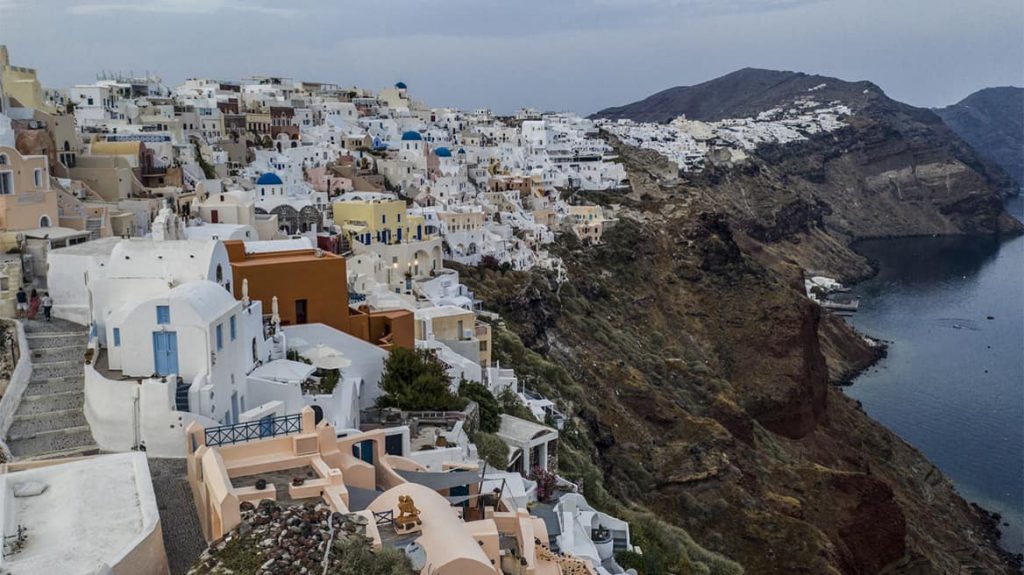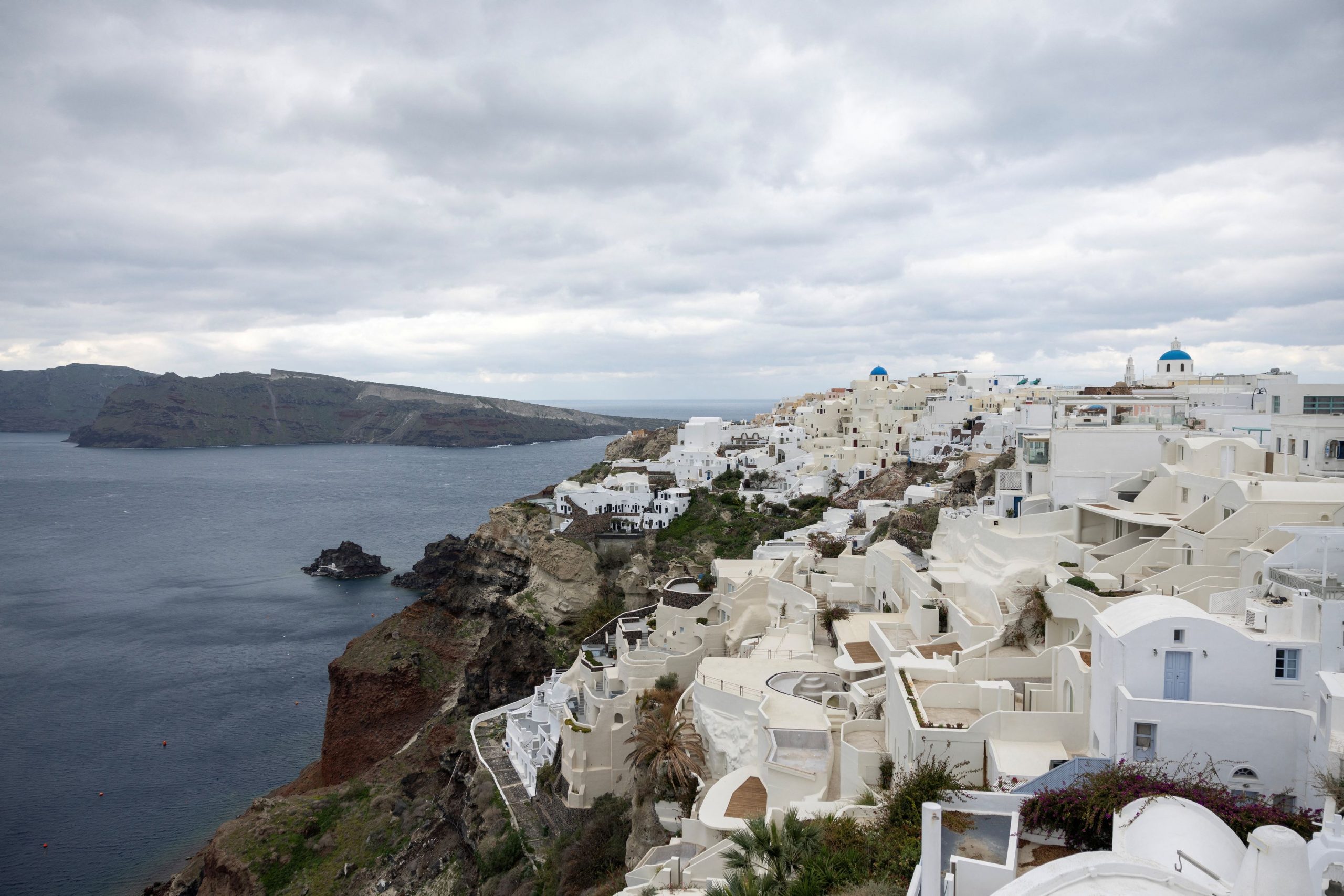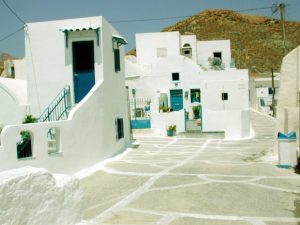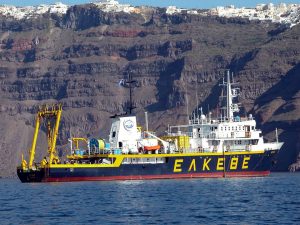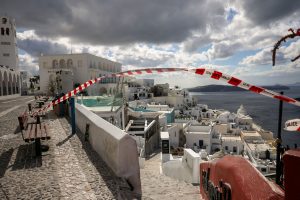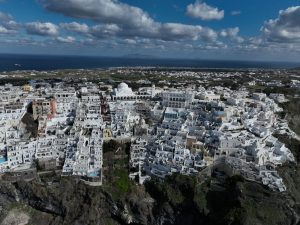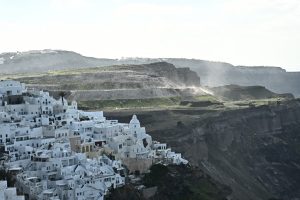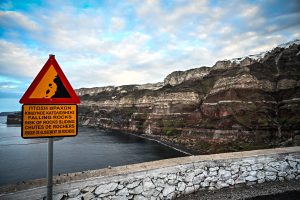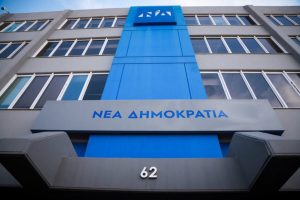What is happening with the earthquakes in the Cyclades?
The Cyclades islands, particularly Santorini and its neighboring islands, have been experiencing continuous seismic activity for the past several weeks. Thousands of tremors have been recorded, leading to growing concerns among residents and authorities. The island of Anafi was recently declared in a state of emergency, joining Santorini and Amorgos, as the region remains on high alert.
How many earthquakes have there been?
According to the Seismology Laboratory of the National University of Athens, over 16,500 earthquakes have occurred in the region between January 26 and February 11. While many of these tremors have been minor, some have reached magnitudes of over 4.4 on the Richter scale. The ongoing seismic activity has prompted widespread evacuations, with more than 11,000 people leaving their homes, leaving parts of Santorini nearly deserted.
Do we know the cause of the quakes?
Seismologists remain divided on the exact causes of the ongoing earthquake swarm. Some experts suggest that the tremors are linked to natural tectonic activity, while others warn of potential volcanic activity beneath Santorini’s caldera.
Meanwhile, geologist Dimitris Sakellariou is leading a research team aboard the Greek oceanographic vessel AIGAIO to analyze the seismic activity further.
What has the government response been?
The Greek government has declared a state of emergency for Santorini, Amorgos, and Anafi. The General Secretariat of Civil Protection has implemented self-sufficiency measures on Santorini to mitigate risks and assist residents. Prime Minister Kyriakos Mitsotakis recently visited Santorini to assess the situation firsthand and discuss further action with local officials. Meanwhile, seismologists are working closely with the government to monitor the situation and predict potential escalations.
The Greek Labour Ministry has introduced emergency measures to protect jobs and businesses, allowing employers to suspend contracts while providing affected workers with financial aid. With concerns over prolonged seismic activity, officials are also working on a revised tourism strategy to mitigate the economic impact.
Prominent seismologist Akis Tselentis has raised concerns about illegal construction along the caldera, suggesting that reckless excavation may be exacerbating the island’s instability. He has accused developers of carrying out unauthorized construction in prohibited areas, which could be further destabilizing the already fragile geological conditions. Tselentis recently resigned from Greece’s earthquake risk assessment board, citing political interference in scientific work, sparking debate over the government’s handling of the crisis.
How is Santorini being impacted by the quakes?
The earthquakes have caused significant disruptions to daily life on Santorini. More than 11,000 residents have fled, leaving large parts of the island empty. Concerns have also been raised over the welfare of animals left behind. Two dedicated animal welfare organizations continue to operate on the island, working to ensure stray and abandoned animals are fed and cared for.
Santorini’s tourism sector is also facing potential setbacks. The National Bank of Greece (NBG) has reported that seismic activity could impact the country’s tourism revenue. Santorini alone accounts for 4% of Greece’s annual tourism earnings, with an estimated €820 million generated in 2023. The food service and hospitality industries have been particularly affected, with many businesses forced to close or scale back operations.
What are seismologists expecting next?
While the frequency of tremors appears to be decreasing, seismologists remain cautious. Vasilis Karastathis, director of the Geodynamic Institute, stated on SKAI on Friday that while a period of calm is expected, intermittent seismic activity is likely to continue. Scientists are closely monitoring the Amorgos fault line, as its activation could lead to a larger earthquake or even a tsunami.
Meanwhile, some experts warn that volcanic activity cannot be entirely ruled out. The elevation of Santorini’s caldera by 4 centimeters and its eastward movement by 6 centimeters since August 2024 have raised concerns. Geologist Costas Synolakis has outlined three potential scenarios: the tremors could gradually subside, a larger earthquake could occur, or minor volcanic activity could emerge. However, Synolakis reassured the public that if an eruption were to happen, there would be clear warning signs beforehand.
As scientists continue their research, Greece remains on high alert, and residents are urged to stay prepared for any developments in the coming weeks.

